|
We just returned from a short trip to the Seto Inland Sea area. (The Seto Inland Sea lies between the Japanese main islands of Honshu, Shikoku and Kyushu.) Our visit was everything we had hoped it would be. The weather was perfect, the cherry blossoms were in full bloom, and we spent every day outside exploring and taking in the spectacular views. Our first stop was Onomichi, a hilly port town with lots of temples and walking paths. (Unfortunately, the air was full of yellow sand from sand storms in China, resulting in unusually hazy distant views.)
0 Comments
This fall has been spectacular! We've had weeks of gorgeous weather and the fall foliage has been stunning. Since Kyoto has been completely overrun with tourists this year, we've been trying to find places to visit that are less crowded. One of our favorite places is Yamada Ike Park, about a 30-minute drive from here. These photos were taken on November 9th, 2022.
P.S. Have I been taking lots of photos? Oh, my goodness! YES! Have I been doing anything with the photos beyond that? Um... No. No, I haven't. Life has been very full – which is a good thing – but I've had very little time to work with my photos. However, now that the weather is cooling and being outside isn't as inviting, I'm hoping that will change. I love higanbana (spider lilies) but not everyone does. (If you want to know more about how they are viewed in Japan, visit here: https://grapee.jp/en/155319 ) Regardless, every year I rejoice when they show up in my garden. Although they are basically wild flowers, I have managed to grow a few red ones in pots and this year I found some cream-colored ones at a farmers market in Nara. A rare find, indeed! So pleased!
This summer I was able to return home to see family and friends for the first time in 3 years. The best word to describe the experience from beginning to end is "FANTASTIC"! I was able to see everyone I wanted to see and do everything I wanted to do. My only regret was that the time passed by so quickly.
Although I didn't take a lot of photos while I was away, I did take a few. This is perhaps my favorite. It was taken while walking with a dear friend from her house to the country church I attended when I was young. It was such a glorious morning and my heart was full... Whew! What a busy month July has been! Work is frantic this time of year - it always is - and when I did have free time there was so much to do! I'm leaving for Canada tomorrow so every day has been full of chores and errands that must be done before I leave. The garden also needed a lot of attention as my husband will be looking after it while I'm gone. Of course, I have been taking photos but I have had very little time to even look at them. Sorry about that! They will get posted at some point.
All this to say, I'll be taking a break until mid-September. That doesn't mean I won't post anything. However, I won't be able to follow my usual workflow so I'm not quite sure how things will work out. We shall see. In any case, I'll be back in mid-September. In the meantime, I leave you with a photo from a visit to Fushimi Inari Taisha on July 23rd. Have a great summer! (^.^)/ |
BLOG
I'm a photographer based in Osaka, Japan. I love to take photographs. I like to share.
Archives
April 2023
Categories
All
|
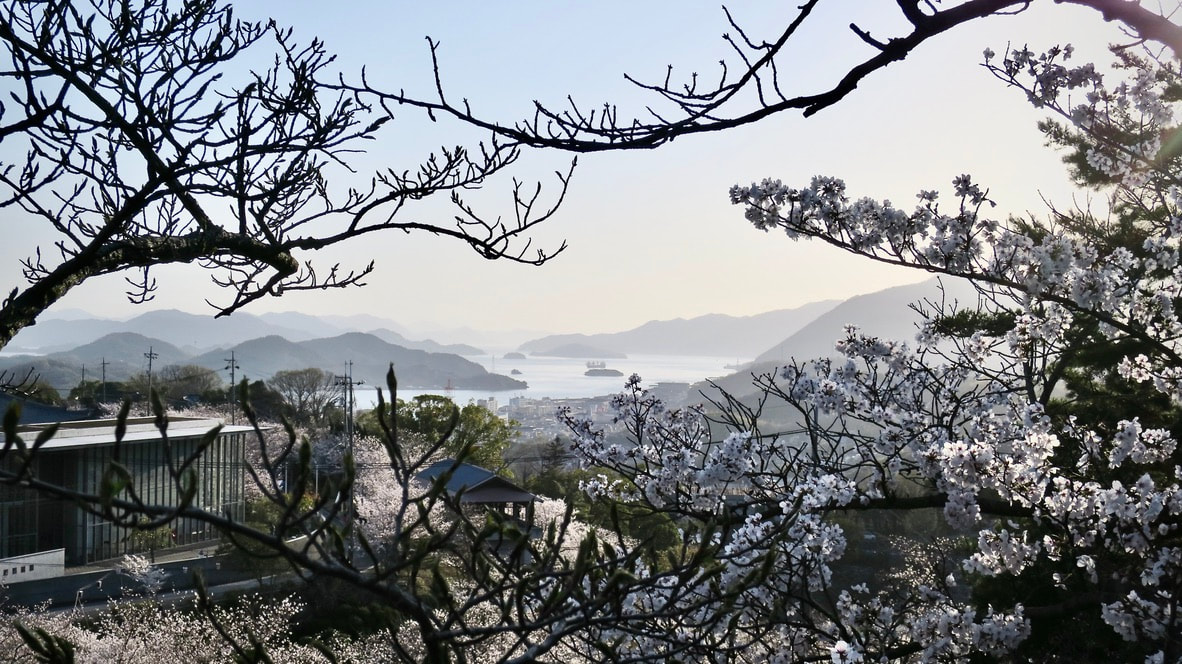



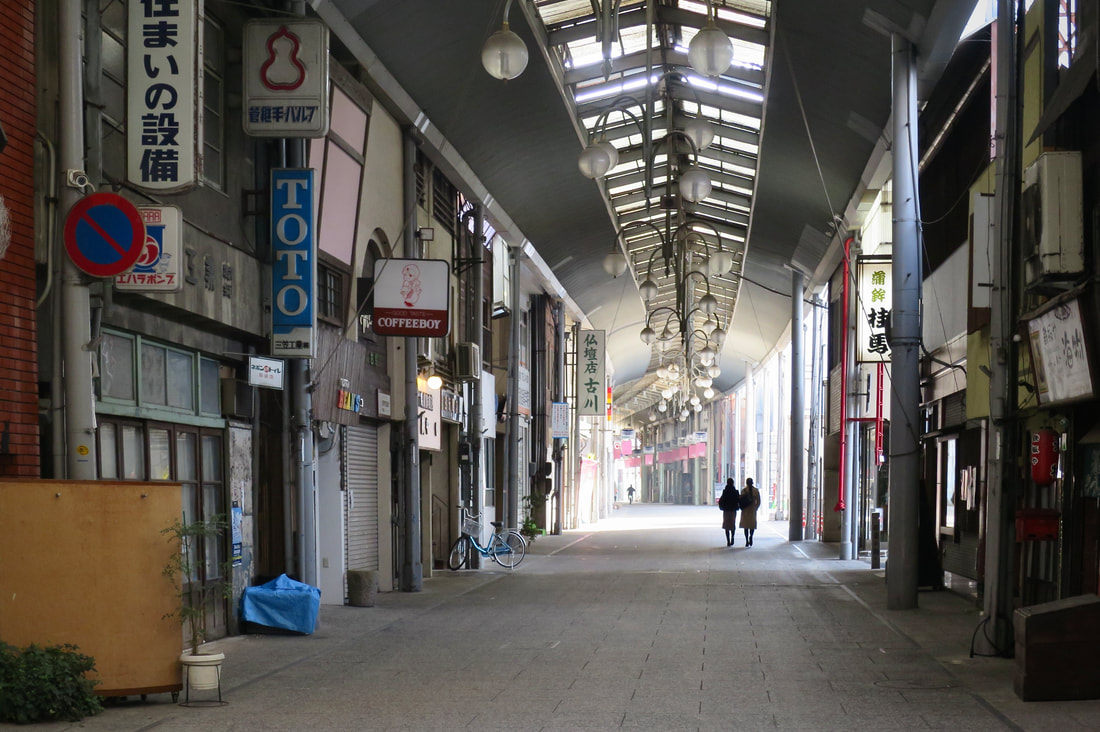

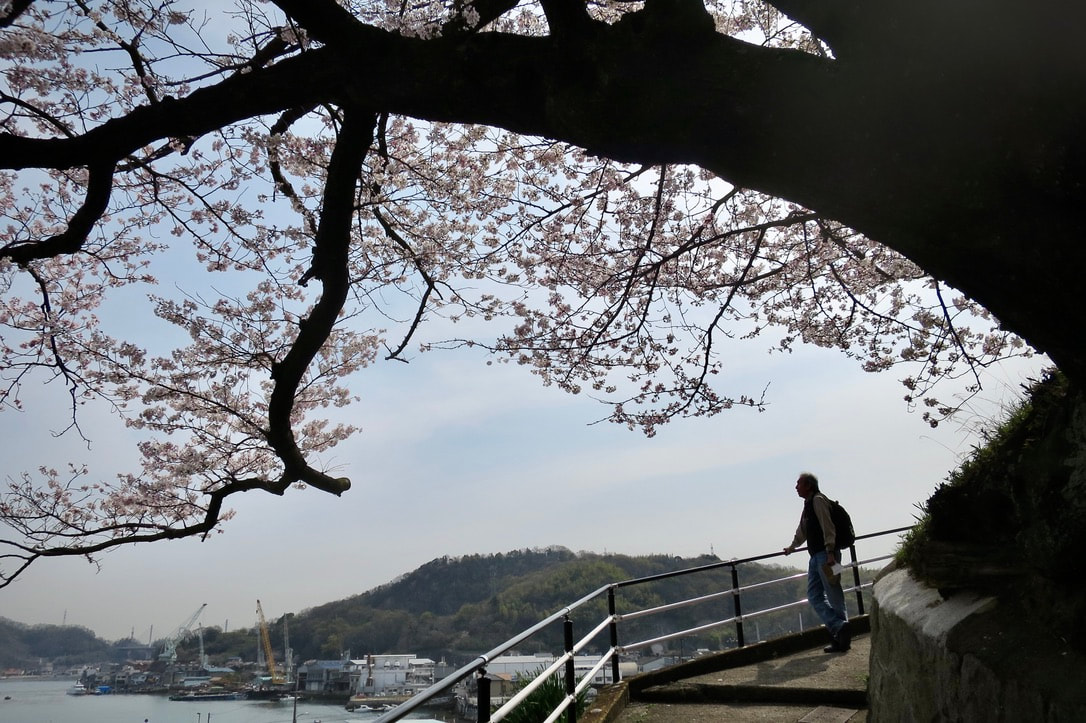
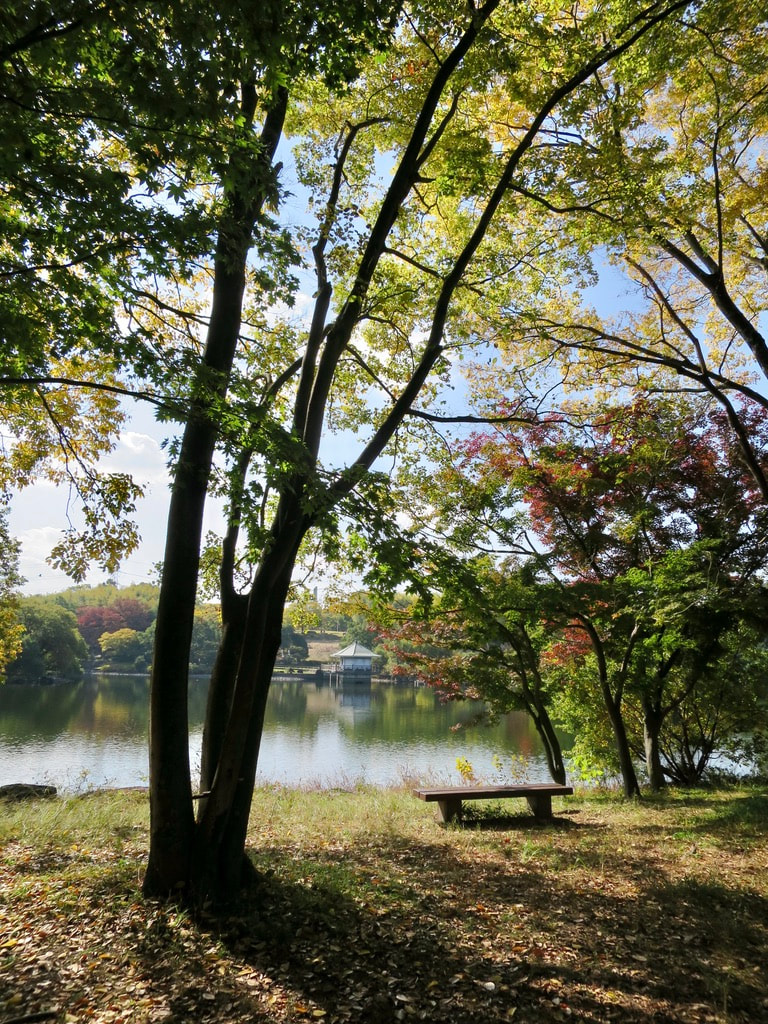
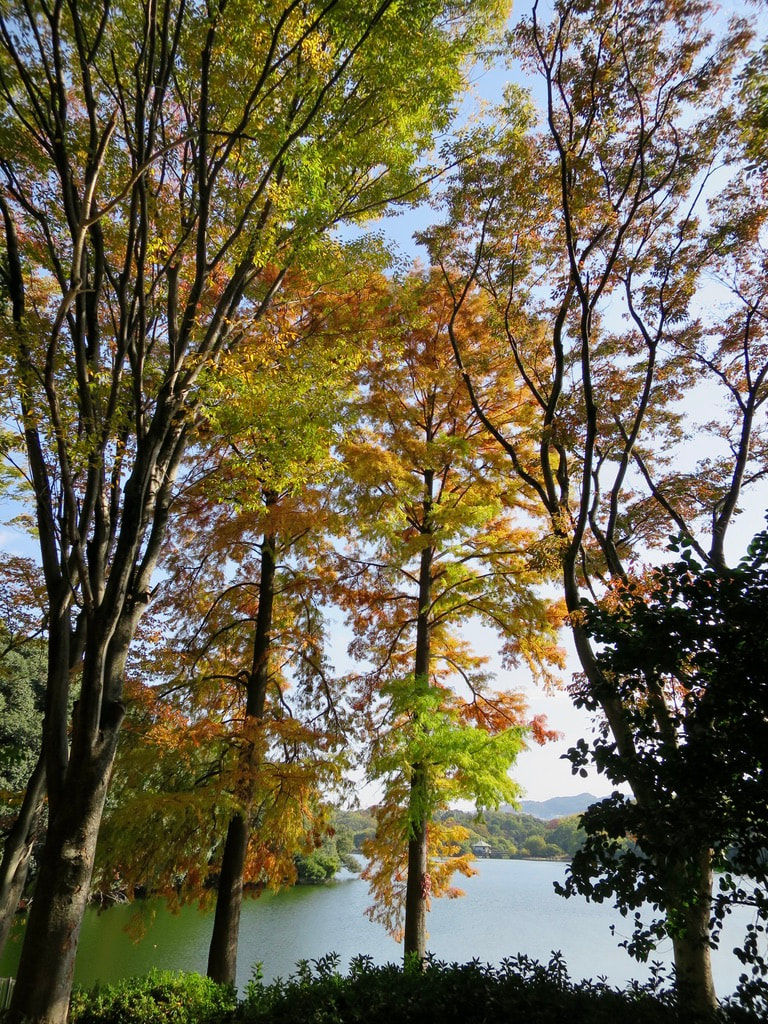
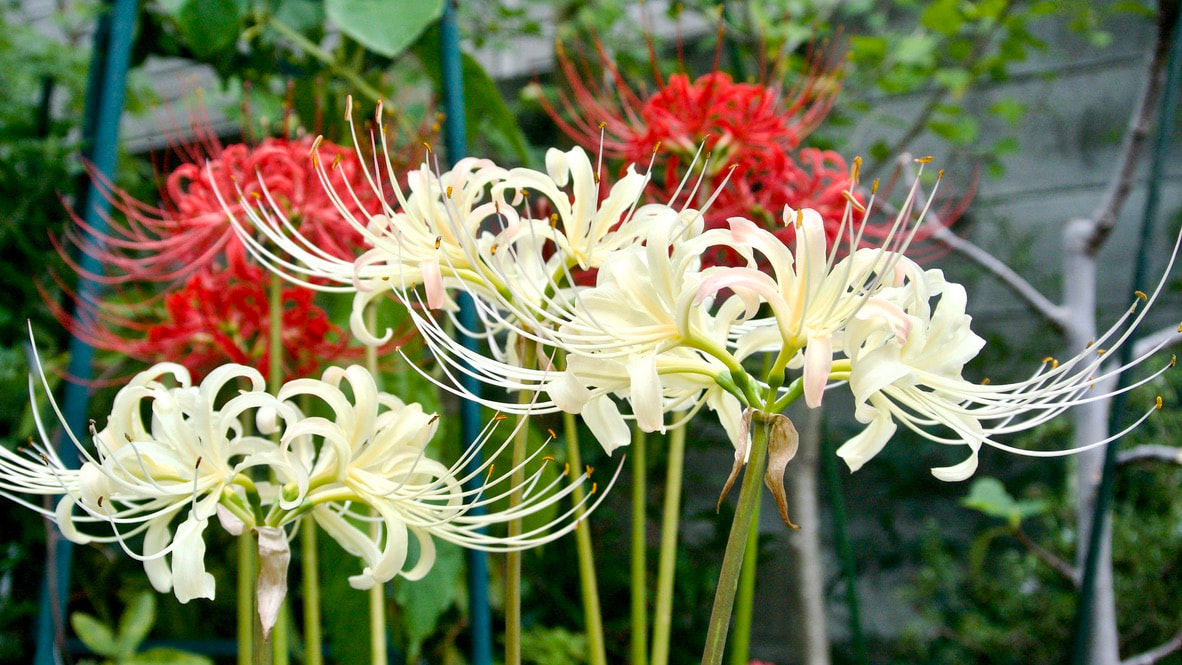
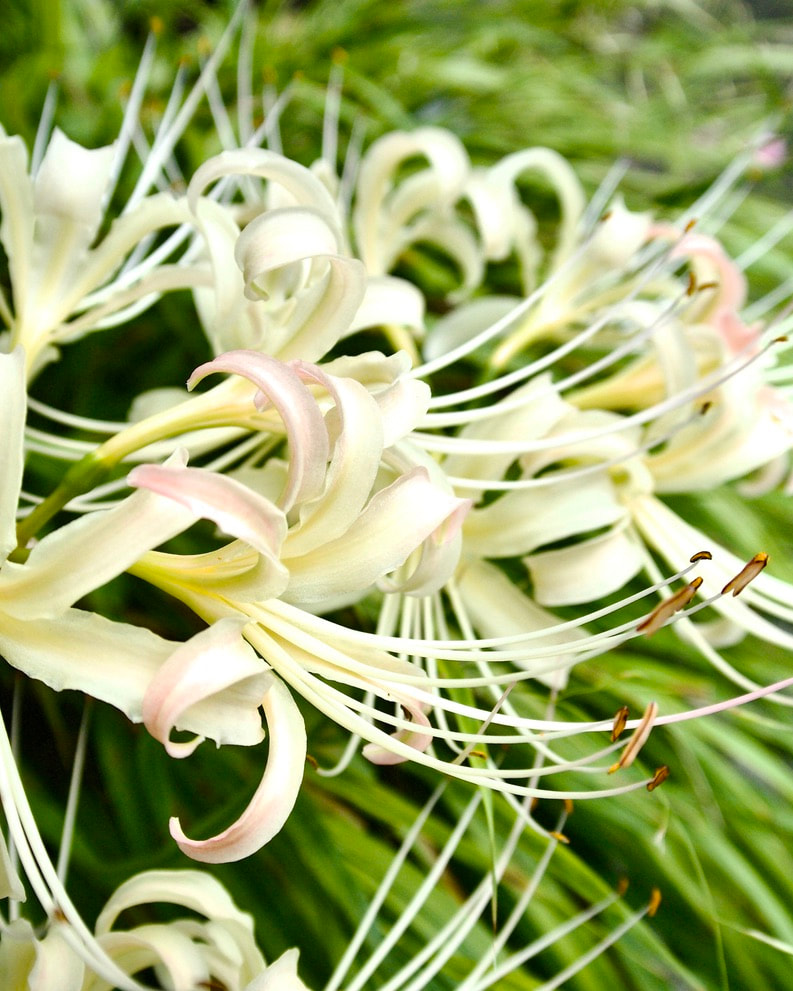
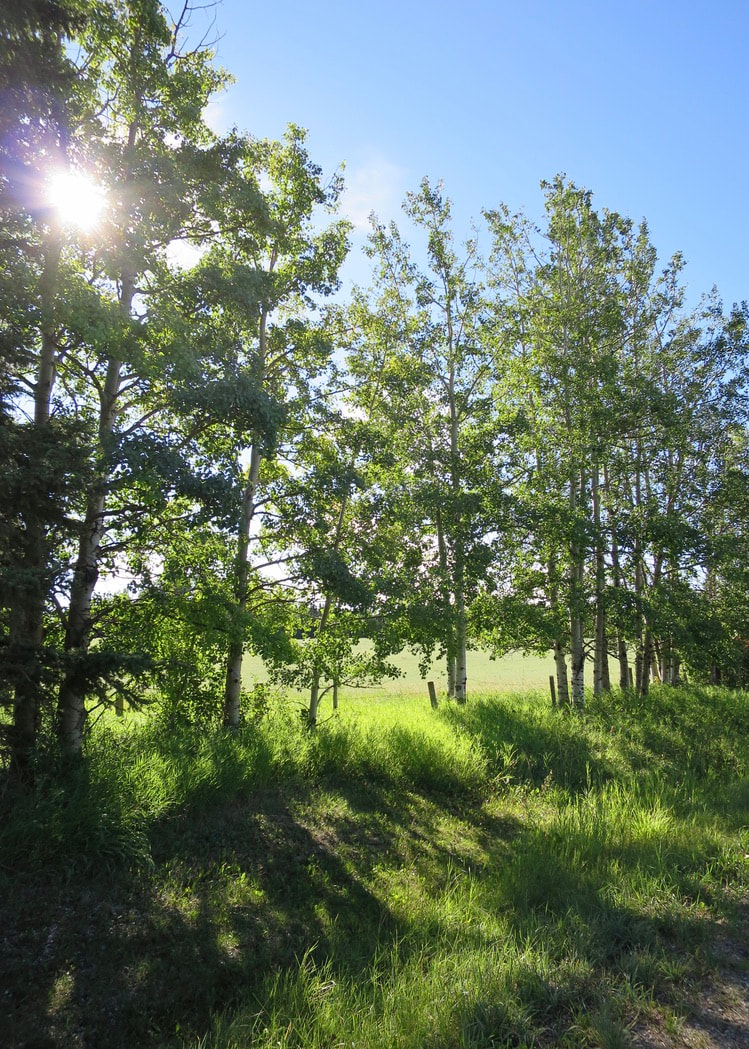
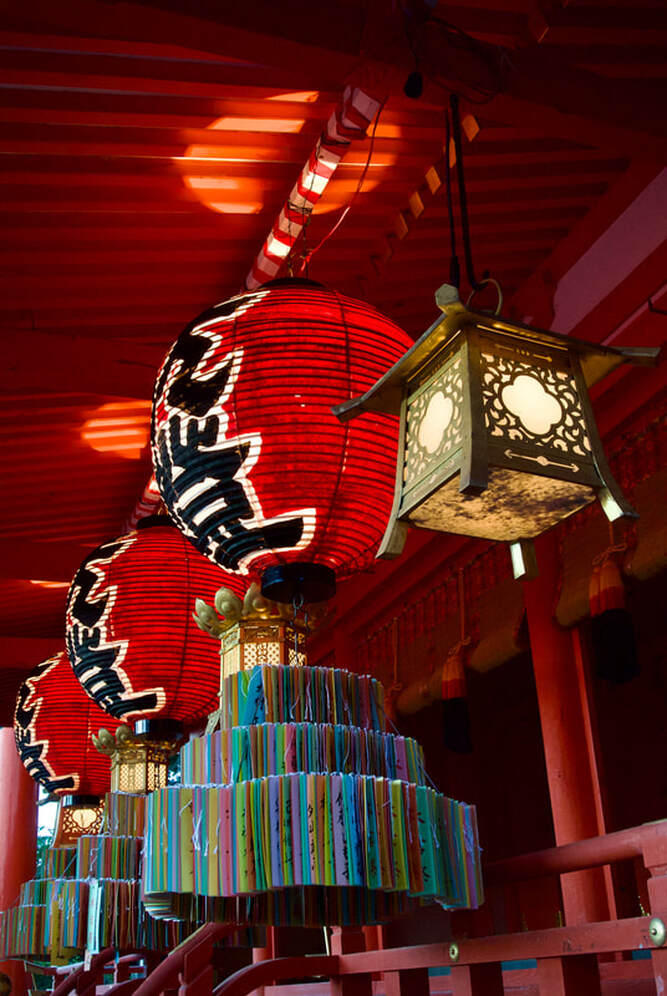

 RSS Feed
RSS Feed